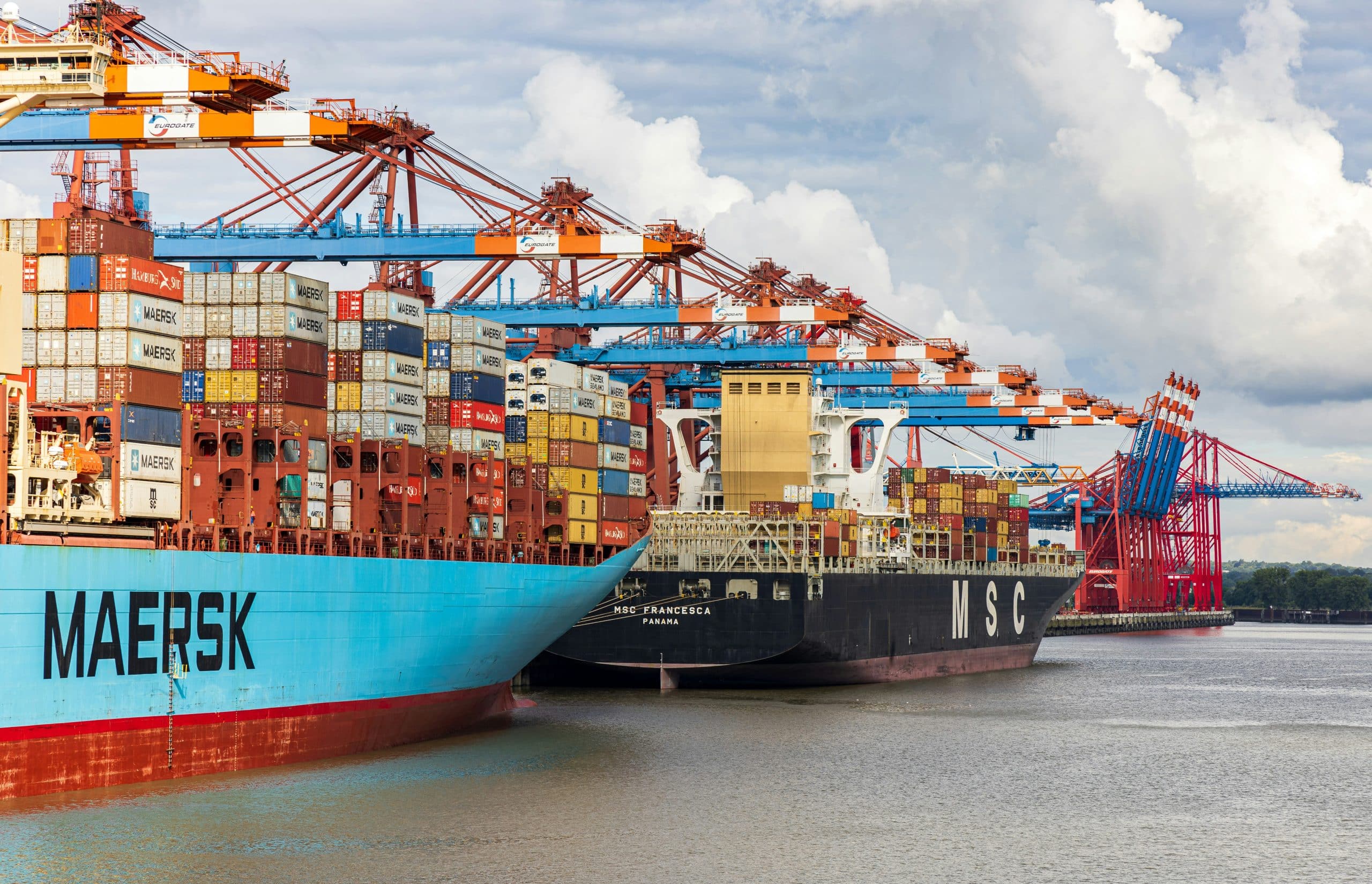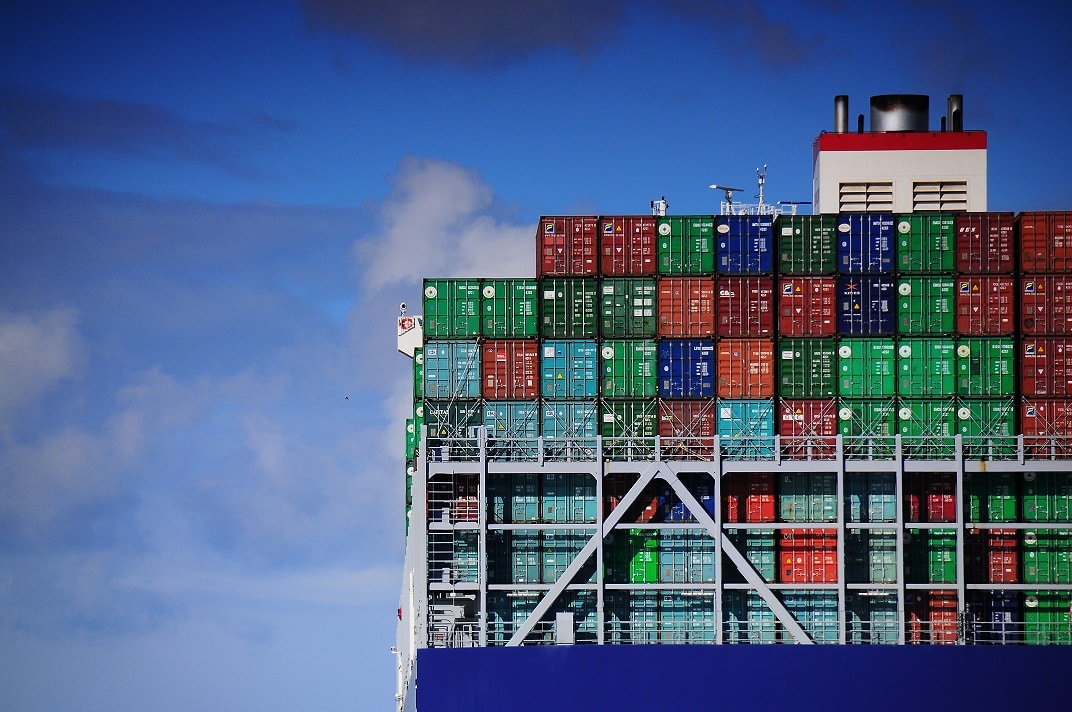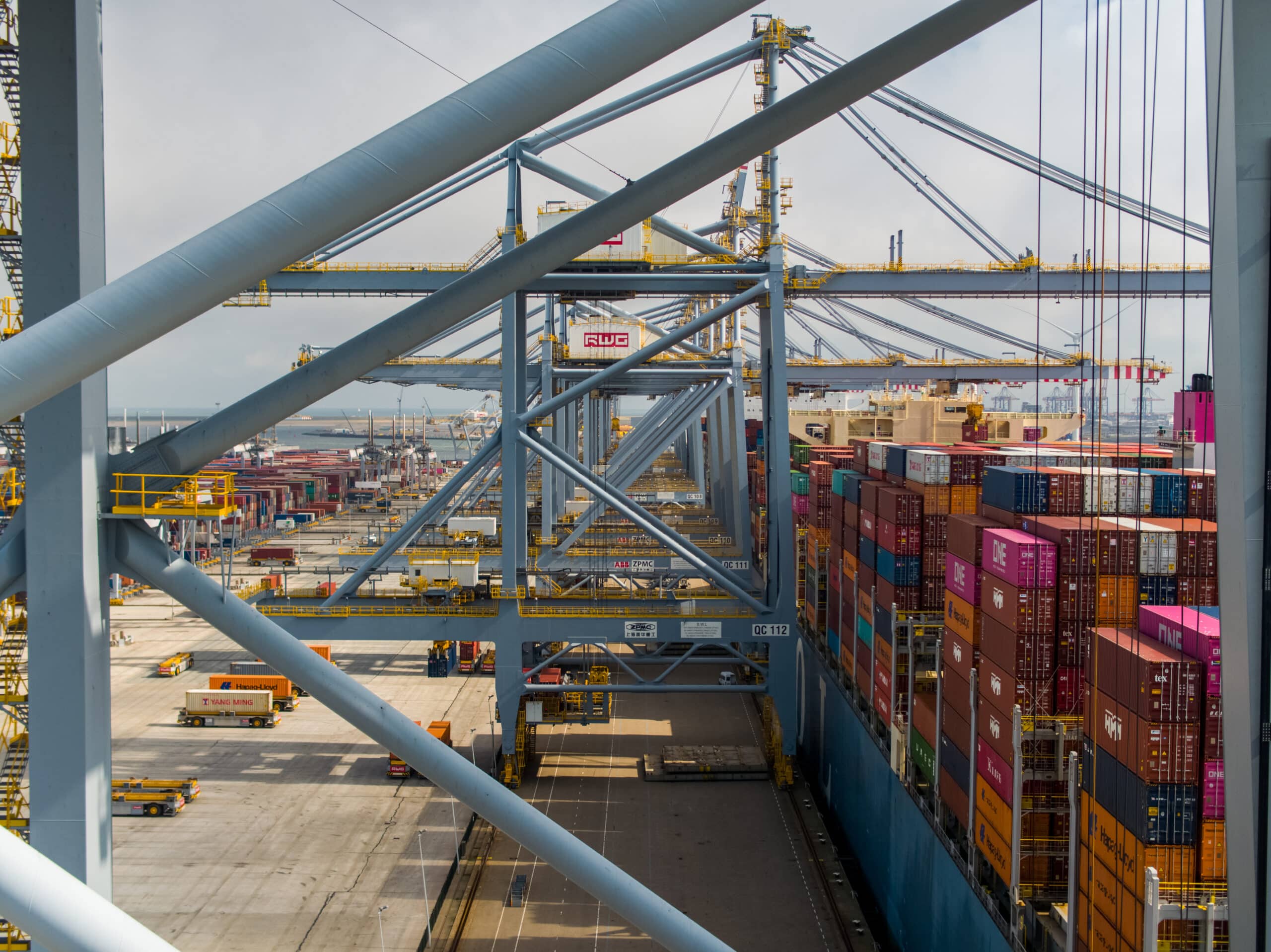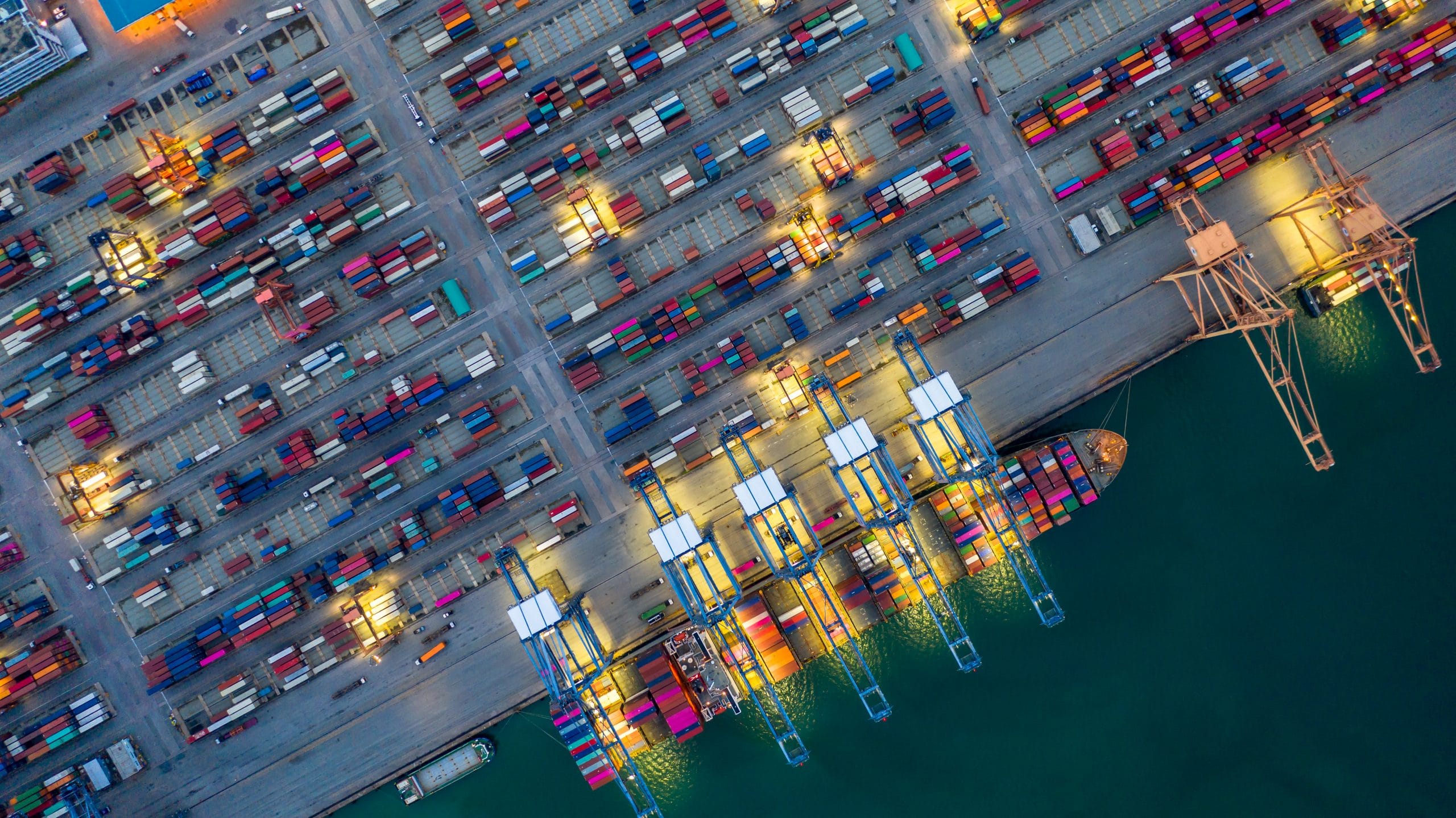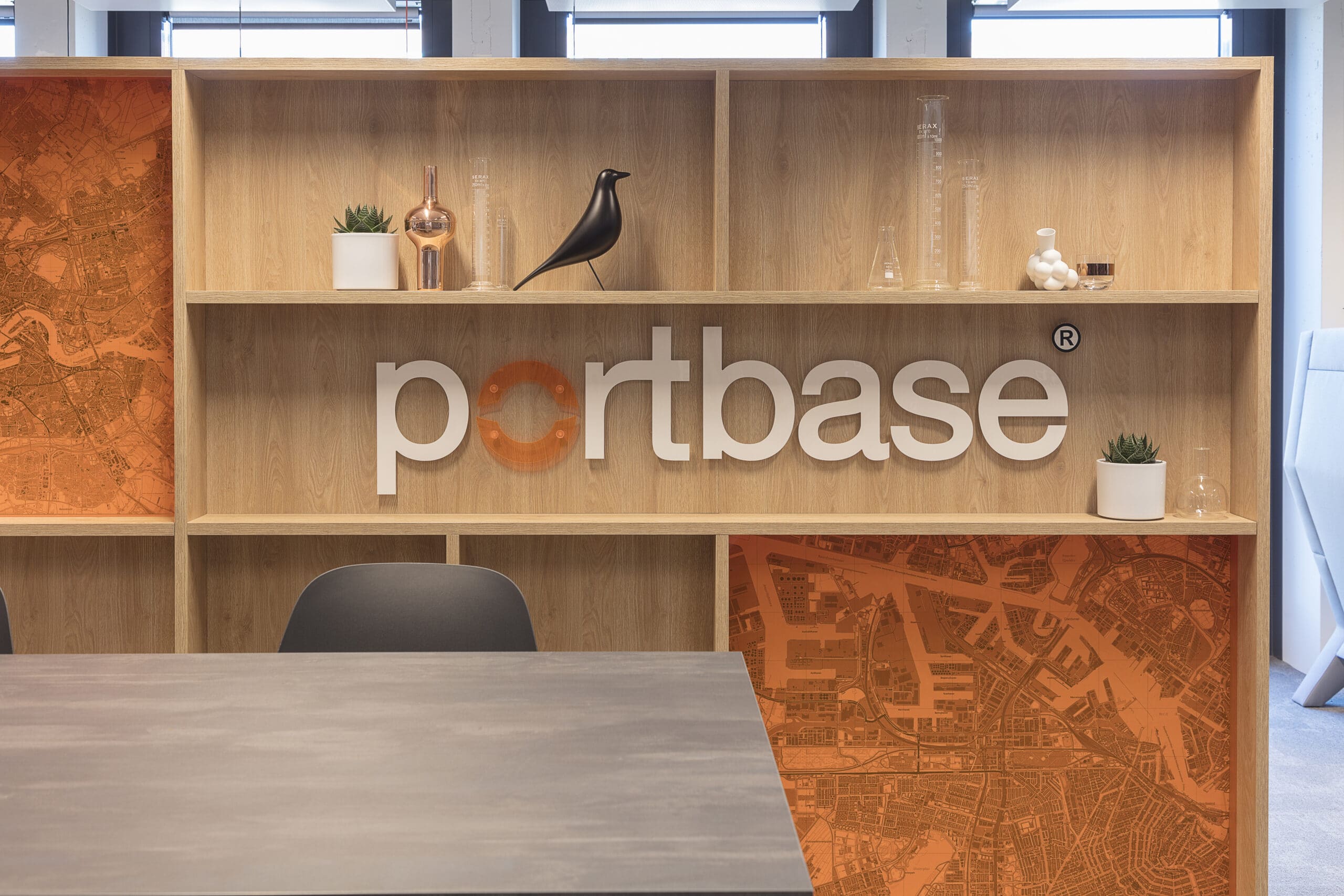As the neutral and independent logistics platform for the Dutch ports, Portbase was asked to contribute to the technical realisation and implementation of the Secure Chain. This has meant adding an extra authorisation layer on top of the existing digital services in the Port Community System (PCS) that Portbase manages and develops. What exactly has that involved and how will it affect the port community? Portbase director Peter de Graaf answers. An interview.
What is the secure chain and what role does Portbase play in it?
“The Secure Chain is a joint initiative by government and industry to make port logistics chains more digitally resilient. The secure and reliable release and collection of import containers at Dutch ports is an important part of that. At Portbase, we have been involved in port logistics for more than twenty years and our mission is to facilitate a secure, sustainable and efficient flow of goods in and for the Dutch seaports. To that end, we have developed the Port Community System that helps the port community do business smoothly and securely via digital services and data sharing. This gives us a vital position in port logistics, which makes it natural that we should also be an important link in the Secure Chain.”
How significant is the Secure Chain for Portbase?
“For us, it is hugely important. It touches on our mission to build the smartest port communities. Together, we are working to increase the potential of data for seamless, sustainable and secure goods flows. Technically, we are facilitating that by adding an extra authorisation layer that enables parties to interact securely. Because organisations first have to authorise each other, this results in a closed and controlled environment. Which makes things more reliable and secure for all parties concerned and so contributes to increasing the digital resilience and competitiveness of the Dutch ports.
What is the biggest challenge for Portbase when it comes to the Secure Chain?
“It’s the implementation. Ultimately, we need to make sure that everyone in the chain gets on board and connects to our platform in a controlled and smooth manner. And that includes not only those who already using our platform but also all their partners, customers and new users. In some cases, they are not yet familiar with our platform or services. So we have to make sure we keep everyone properly informed and involved.”
In terms of organisation, what has the introduction of the Secure Chain meant for Portbase?
“On the one hand, a lot of time and attention is going into implementation. But in addition, the onboarding of new parties onto our platform also has to happen in a proper and controlled manner. Besides that, our support organisation needs to be ready to support existing and new users with this change, including after the implementation phase. The Secure Chain makes processes safer and more efficient. It involves assessing which information each party is permitted to have and pass on. This also means that we will be adjusting our processes at Portbase to ensure the safety of our own employees and the port. This may have consequences for the customer experience.”
What are you most proud of when it comes to Portbase and the Secure Chain?
“We are very proud that we have been able to contribute to bringing together all the stakeholders, government agencies and industry and arrive at a jointly agreed plan of action. The roll-out is now in full swing. From 31 March, all cargo flows from Latin America will go through the Secure Chain. That’s a big step forward and a great example of public-private partnership.
